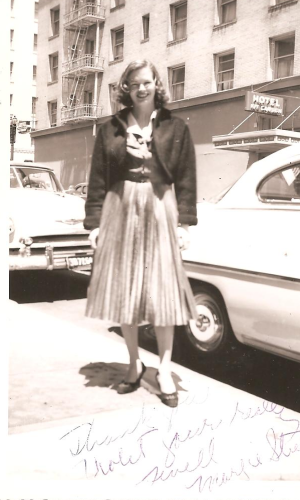
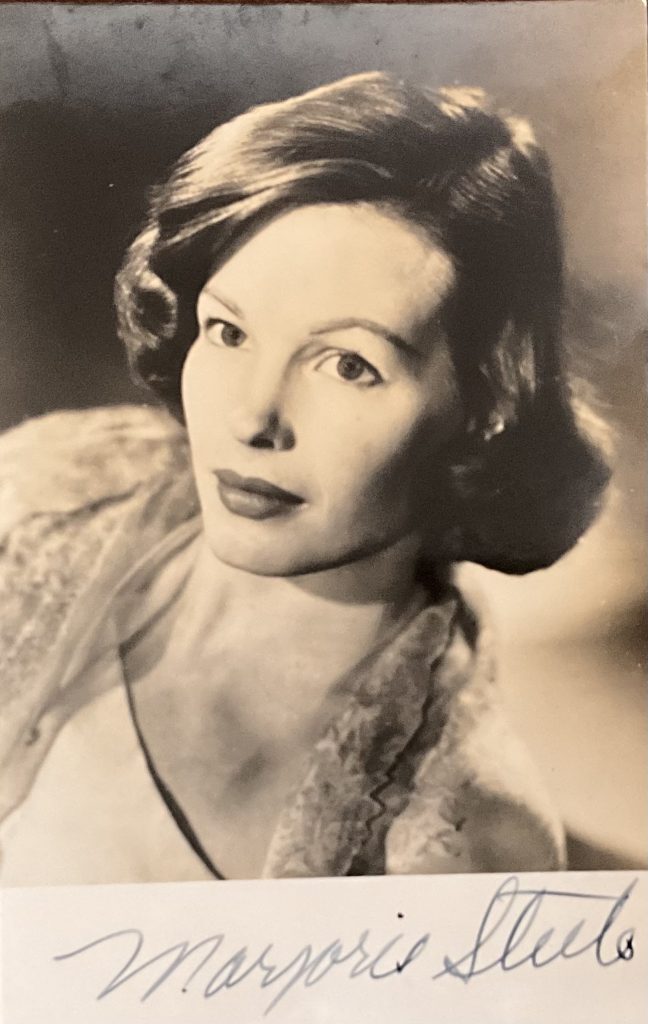
Marjorie Steele has had a very interesting life. She was born in Reno, Nevada in 1930. She moved with her parents to live in San Francisco When she was just nineteen years of age she married the multimillionaire Huntington Hartford. She made just four films.
She first exhibited at The Brown Thomas Gallery in Dublin in 1970 and soon cultivated a reputation as one of “the foremost exponents of traditional sculpture in Ireland achieving an authentic, formal likeness in the treatment of her subjects”. (Myles Campbell, Sculpture 1600-2000, 2014)
In 1949 she was in “Hello Out There” followed by “Tough Assignment”, “Face to Face” and in 1953 “No Escape”.
After her divorce from Hartford, she married the British actor Dudley Sutton and then she married the Irish write Constantine Fitzgibbon and she came to live in Ireland. In the past few years, Marjorie Steel has concentrated on her painting. Article about Marjorie Steele and Huntington Hartford can be accessed here.
Gary Brumburgh’s entry:
Pert blonde actress Marjorie Steele was in films for a very short time, making only four in all. She was born in Reno, Nevada on August 27, 1930 in a log cabin built by her father, a contractor. Her mother was part Russian and Swedish while her father came from German and Sioux Indian parentage. Marjorie’s family moved to San Francisco when she was 9. It was here that she took an interest in acting while still young. She started with acting lessons and eventually won a scholarship to the Actors Lab in Hollywood. To support herself in the early days, she worked as a cigarette girl at Ciro’s, L.A.’s top nightclub. In what was to become a Cinderella story, the working teenager attracted the attention of multimillionaire Huntington Hartford.

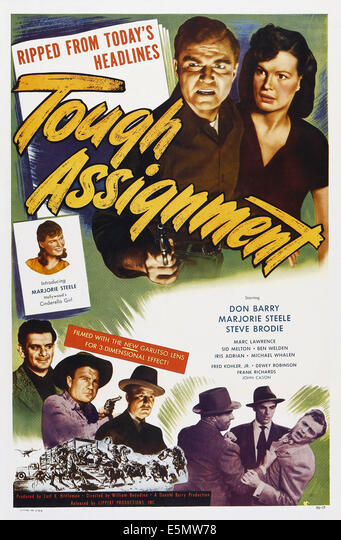
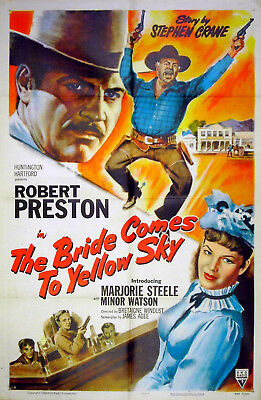
Smitten by her, Hartford not only signed her to a contract with a motion picture company he owned, he married her in 1949–shortly after her nineteenth birthday. She built up her reputation on stage and appeared in two films produced by her husband: Hello Out There (1949) and Face to Face(1952). Her other two “B” films were Tough Assignment (1949) and No Escape (1953).
Marjorie scored well in theater assignments, notably as the title role in “Sabrina Fair” in 1954, which played in London, and on Broadway when she took over the role of Maggie the Cat from Barbara Bel Geddes in “Cat on a Hot Tin Roof.” Shortly after this, she suddenly lost interest in her career and decided to retire and raise a family.
She married British actor Dudley Sutton following her 1961 divorce to Hartford, but the marriage lasted only a few years.
Her third husband was author Constantine FitzGibbon, who wrote “When the Kissing Had to Stop” and “The Irish in Ireland,” and was the biographer of friend Dylan Thomas. Together the couple wrote “Teddy in the Tree.” He died in 1983. Living in Ireland, Marjorie occupied her later years with painting and sculpting and has been commissioned for her work.
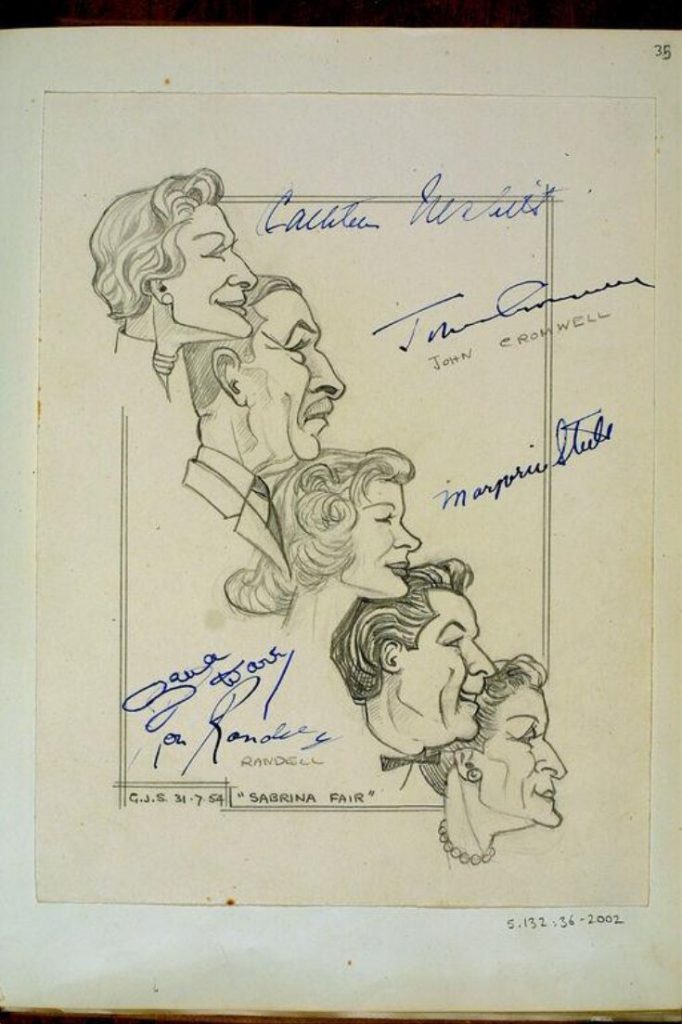
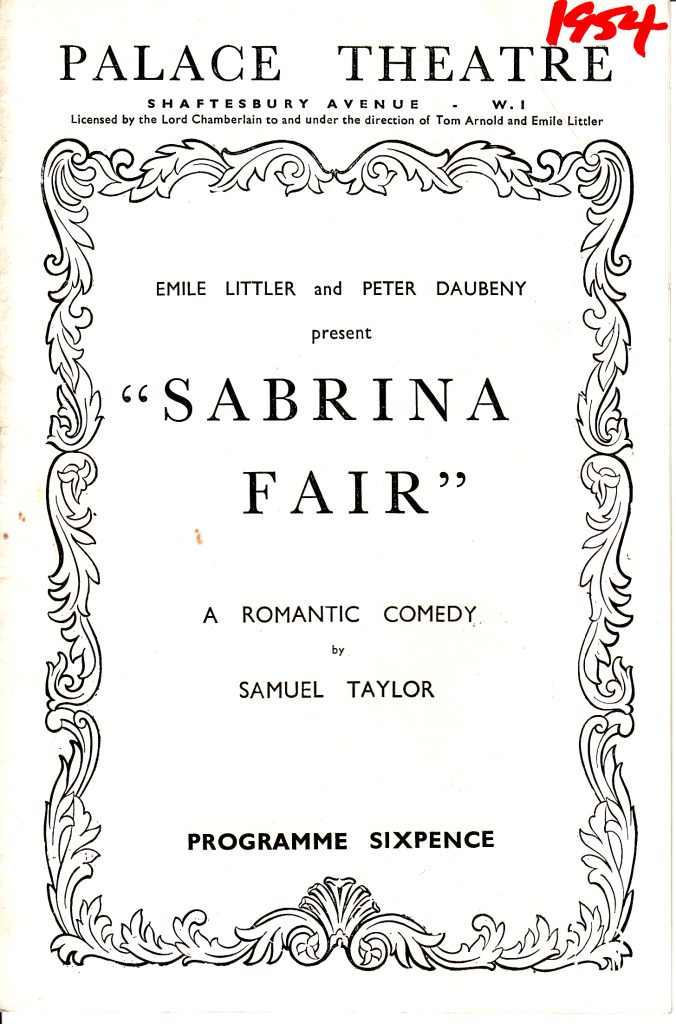
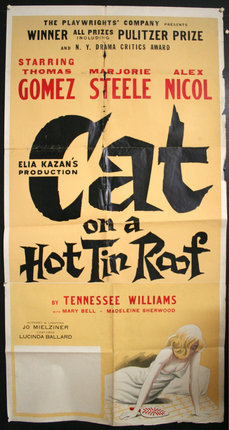

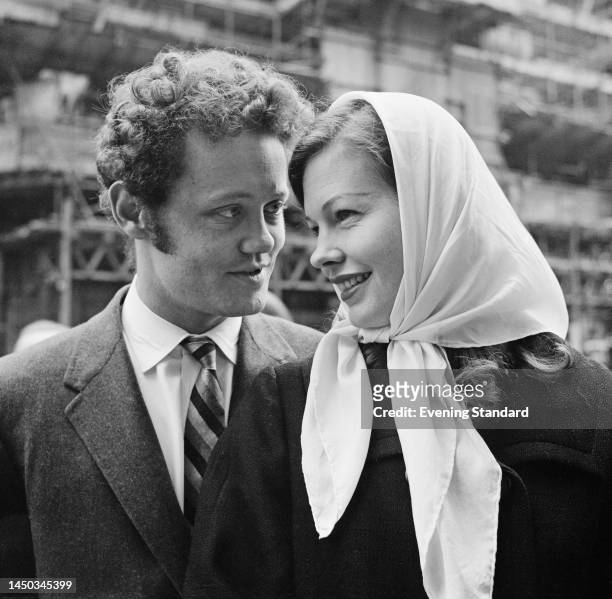


Marjorie Steele obituary in “The Irish Times” in 2018.
Artist Dr Marjorie Steele-FitzGibbon, an American-born and naturalised Irish citizen, enjoyed success in three creative professions: Hollywood film star, stage actor, and artist in both painting and sculpture. She married three times and was the mother of four children and one step-child. Such a remarkable profile had at its root the drive that convinced her that “she could walk through walls”.
She was the second-eldest of four daughters of her second-generation Swedish immigrant mother, Ora, and salesman father, Jack Steele, whose mother was a native American. Her rise from humble origins living in “an honest-to-God log cabin” in Reno, Nevada, to Hollywood fame and marriage to a millionaire and subsequent marriages to an English actor of film and stage, and an Irish-American writer, is the stuff of romantic fiction. Yet her talents, striking beauty and sheer grit did not shield her from domestic tragedy, premature deaths and an inherited temperamental imbalance, all of which she faced with integrity and courage.
When she was 18 years old, Marjorie Steele, dressed in homemade yet elegant clothes, left her then home in a poor suburb of San Francisco with all that drive and confidence of youth and headed for Los Angeles. There her creativity found direction and opportunity: the Los Angeles County Museum of Art for painting, and the Actors Lab for stage-craft, where she won a scholarship.
She also took a part-time job as a cigarette girl in Ciro’s Nightclub on Sunset Strip where a regular patron, the multimillionaire film-producer playboy Huntington Hartford, was dazzled by her fresh beauty amid all the glitz. Much to the chagrin of his date, film actress Lana Turner, he bought all her cigarettes – although he didn’t even smoke. They married a year later, in 1949, she an impressionable 19-year-old – “she was mad for him” – he an older, more worldly-wise thirty-nine. The “Cinderella wedding” offered rich pickings to the paparazzi and provoked snide comments by the art critics as Marjorie rose from acclaimed stage-actress in Tennessee Williams’s New York production of Cat on a Hot Tin Roof (1955) to movie star. When on tour with a mixed-race crew Marjorie challenged Actors’ Equity to change a racially biased law regarding separate accommodation by defying the ban herself.
She also took a part-time job as a cigarette girl in Ciro’s Nightclub on Sunset Strip where a regular patron, the multimillionaire film-producer playboy Huntington Hartford, was dazzled by her fresh beauty amid all the glitz. Much to the chagrin of his date, film actress Lana Turner, he bought all her cigarettes – although he didn’t even smoke. They married a year later, in 1949, she an impressionable 19-year-old – “she was mad for him” – he an older, more worldly-wise thirty-nine. The “Cinderella wedding” offered rich pickings to the paparazzi and provoked snide comments by the art critics as Marjorie rose from acclaimed stage-actress in Tennessee Williams’s New York production of Cat on a Hot Tin Roof (1955) to movie star. When on tour with a mixed-race crew Marjorie challenged Actors’ Equity to change a racially biased law regarding separate accommodation by defying the ban herself.
The glamorous couple played host to Hollywood celebrities like Elizabeth Taylor and Natalie Wood, yet Marjorie confided that while they were “all very interesting, they were just people”. Influenced by his artist wife, “Hart” channelled his wealth into promoting the arts by establishing an arts colony near Pacific Palisades in Los Angeles.
Marjorie relocated her parents to an impressive ranch in the Santa Monica Mountains; yet, despite his dream come true, her father took his own life, an act which had repercussions for his family.
The marriage lasted seven years until Marjorie filed for divorce, when Huntington’s old, philandering ways resurfaced. They had two children, John and Catherine. The drug-related death of her daughter at 28 was a profound sorrow for Marjorie. She always acknowledged her love for “Hart” and her indebtedness to him for educating her and encouraging her creativity. They divorced in 1960.
Through “the best divorce lawyer”, Marjorie met her second husband, the handsome actor of television and film fame, Dudley Sutton – the gay biker in Leatherboys (1964) – with whom she had a whirlwind romance. They married in 1961, entailing Marjorie’s renunciation of her considerable alimony. They had a son, Peter, with whom Marjorie later lived until being hospitalised in 2017. Marjorie, no longer acting, socialised with many of his famous theatrical colleagues such as Richard Harris, Peter O’Toole, John Hurt and the director Joan Littlewood.
Marjorie went for rehabilitation to an exclusive London health farm and there she met another housemate and fellow American, Constantine Fitzgibbon, the former husband of the food writer Theodora Fitzgibbon. Constantine’s brilliant mind captivated her. Summing up her previous romantic life, Marjorie described herself as “a self-destructive fool”.
Another divorce and marriage ensued. Marjorie was Constantine’s fourth and last wife and he her third husband. Constantine was a writer of Anglo-Irish extraction. They had a daughter, Oonagh. He also adopted Marjorie’s son, Peter. After a short spell in west Cork, the family lived in Killiney in south Co Dublin, and then in the city.2
Honeymooning in Greece ,the stunning classical sculptures there were the catalyst that drew her into sculpture and prompted her to wonder why she had wasted so much time working in two dimensions. Thus began a prolific period of artistic renewal which her great friend Micheál Mac Liammóir, describing her many sculpted heads of Irish literati, said: “Ms Fitzgibbon was born to do what she had done; fill the room with uncannily living persons.”
Her public works beloved of Dubliners include her iconic, larger-than-life-size statue of James Joyce in North Earl Street and a bust of the author in St Stephen’s Green facing Joyce’s alma mater, Newman House. Visitors to RTÉ are reminded of the charismatic presenter Eamon Andrews by her life-size statue in the foyer.
Dr Marjorie Steele-Fitzgibbon is survived by her daughter, Oonagh Brault, sons Jack and Peter Fitzgibbon, step-son Francis Fitzgibbon, grandchildren Hannagh and Niamh Jacobsen, and her ex-husband Dudley Sutton.

